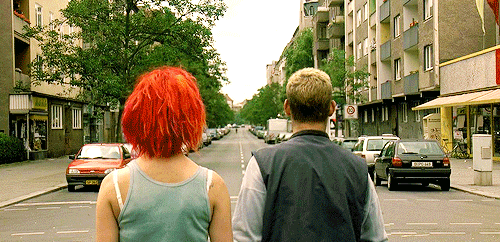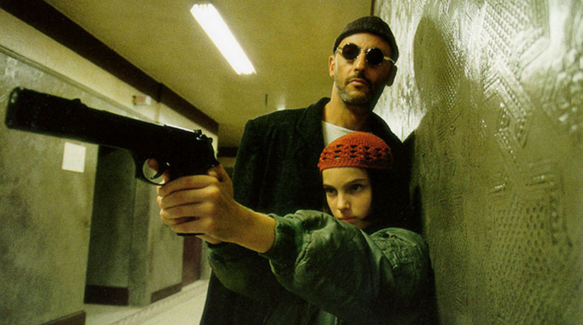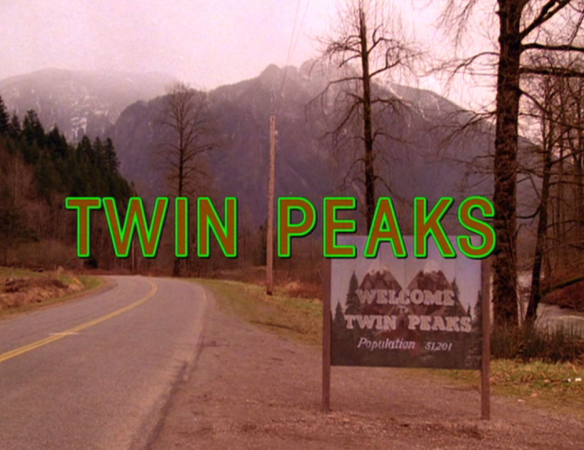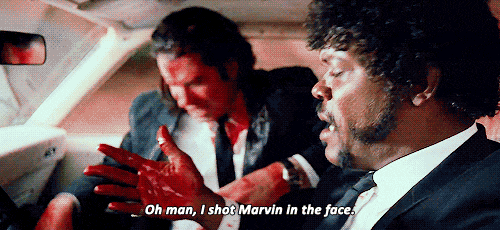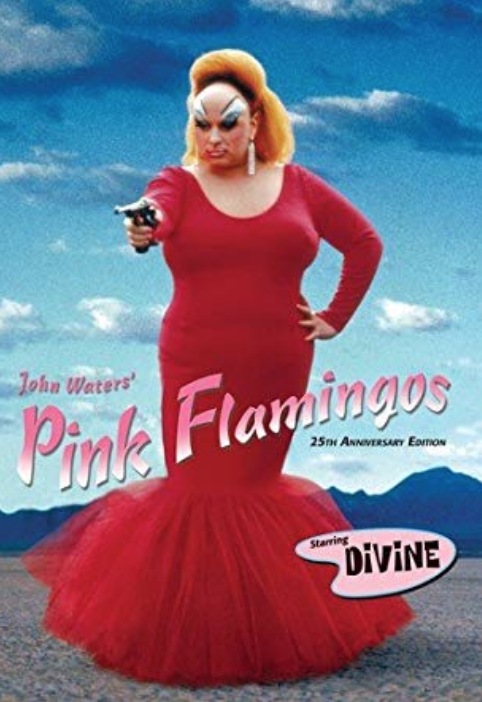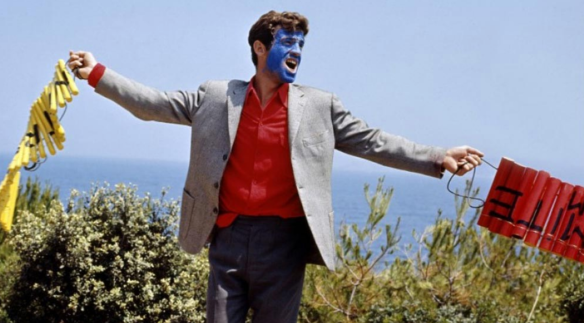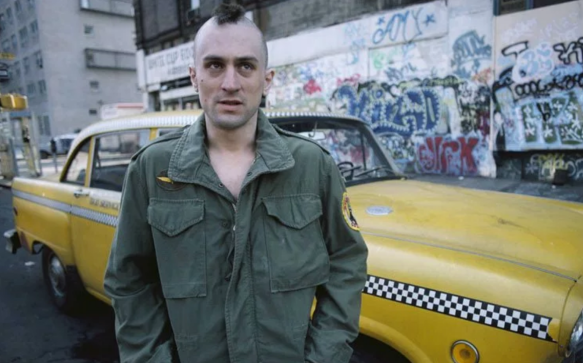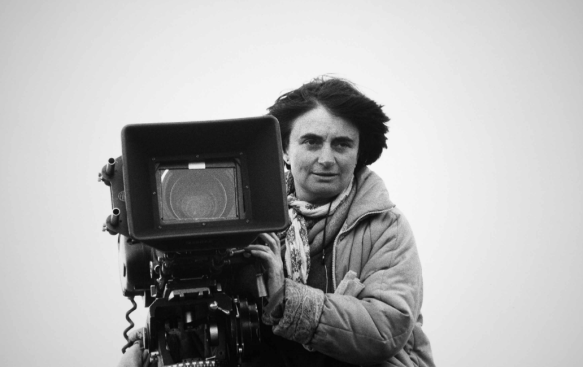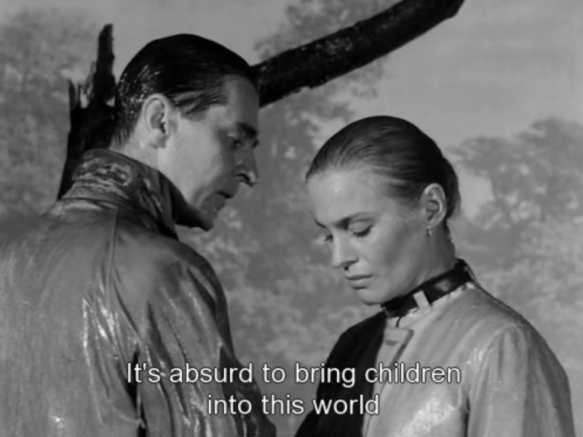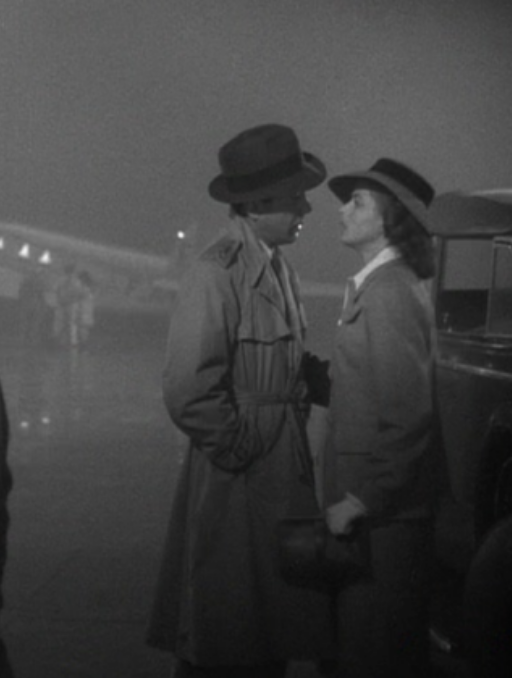In class on Wednesday, we watched the 1998 German film Run Lola Run by Tom Tykwer. The film follows Lola and Manny, Manny did some sort of deal that included delivering 100,000 dollars to a man, when he loses the money on a train and a homeless man takes it he needs to figure out a way to get that money fast or who knows what will happen, this begins the story which the rest of the film will revolve around. He calls his girlfriend the redheaded Lola to ask for help, she begins to run as she figures out what move to make next.
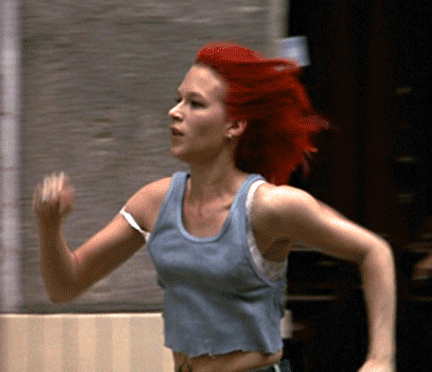
The film then changes, it shows us their story and then it restarts. This plays out 3 times overall in which we see the same 20-minute story with the same characters, even the pedestrians but see how time and chance change the outcomes of the story/stories. This is a super complex film which plays with a lot of ideas, mainly the idea of theme and chance. Fatalism (turns out from the reading the director was a philosophy major which makes sense if you watch the film) is the theme for one part, the car that gets into a car accident, it doesn’t matter the situation as we see, there is no way to get around the man crashing his car into the other one with 3 men. Although the last story makes him completely avoid the said be a crash, later he still ends up doing it. This is one example of how much is packed into this film. The reading Tom Tykwer’s Run Lola Run and the Unusual Suspects: The Avant-Garde, Popular Culture, and History by Barbara Kosta go way more in-depth about it, it starts with a quote which sums up the film well “Brings Hollywood pizzazz to the European art movie”. The first thing this reading points out is that it really embraces pop culture rather than criticize it, unlike many other new German filmmakers. You can see this in the aesthetics throughout the film. It brings all forms of German culture together and rebels against what was being made at the time, the all too familiar narratives we saw in film at the time while spontaneously including the mainstream. As the reading continues I found out a lot of super interesting things, you were right, there really is a lot to it and it is super interesting to read! The back of the woman’s head is a tribute to Alfred Hitchcock’s Vertigo, (one of the directors favorite films) something I would have not noticed myself but found very wild once it was pointed out. The painting in Run Lola Run (left) reflects Madeleine looking at a painting of Carlotta in vertigo. (right)
Also from the painting in run Lola run, you can see a spiral in the hair, a common visual occurrence throughout the film (a reference to Fritz Langs M). Another thing that made me geek out a little was when the author of the reading talked about all of the other influences that went into this film, there is a framed Man Ray photo framed in Lola’s apartment, one of my personal artistic influences, a photographer and painter, its just so cool to hear that the influences expand as far as the futurists, so much went into this film which makes you appreciate it more. 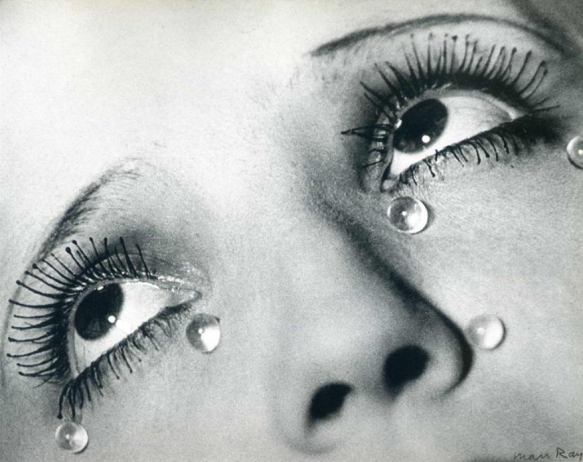
the Man Ray photograph that is hanging in lolas apartment. I have seen this film before many times, its one of my favorite movies along with the other option for this previous weeks screening In The Mood For Love are so good so i had a ball watching it in class and then reading about it learning more than I thought id ever know (in a good way). The reading was super good as well, makes me want to read something like that after every filmi watch.
Which brings me to the next part of the blog, a reflection on this past semester. First, I love these classes and plan on taking more in the spring, I enjoyed this semester very much, probably more than last semester taking intro to film (and that class was fun too). I find film to be such an interesting medium, it is a combination of it all to just take you elsewhere for a little bit, to transport you into a different story, I have found that the things we learn, discuss, and watch in this class have influenced me in my artistic practice so much, they have helped me think more about my work in terms of narrative and mood and I appreciate that a lot. This class truly has helped me a lot. Watching the first silent films and getting to where we are now is just a crazy and amazing transition, thinking of all of the advancements (ideologically and technically) but also how they’re very similar in plot and other things. I watched many films I have not seen before which I continuously go back to like Casablanca (an Honestly amazing film that I hadn’t seen but adore ever since seeing it) Bonnie And Clyde and Pink Flamingos. I have found out so much new information, I watch movies a lot by myself and weirdly enough what I was watching on my own synced up with our classes and it was always fun when that happened, noticing the things I am learning about in class in the films I am watching. Overall I enjoyed this class and will truly miss it, I wish I could take it over again. I enjoyed writing about films as it made me understand them better. Thank you for a great semester full of great films and enthusiastic lectures, it is always fun watching a film and hearing everyone’s reactions. I look forward to exploring more movies and hopefully taking more film classes.
